In Barcelona recently, indesignlive.com’s UK Editor, Alexi Robinson, stumbled upon one of “the most poetic works of twentieth century Catalan architecture”.
April 21st, 2008
Igualada Cemetery is not the most accessible of Barcelona’s architectural offerings but it is one of its most eloquent. On a long train journey to my destination, somewhere between a mountain range uncannily reminiscent of Gaudi’s La Sagrada Familia and falling asleep, I found myself preoccupied with the notion of visiting a cemetery for reasons other than personal. A cemetery, it would seem, is a place of solitary ambition, a proportion of earth dedicated to the finality of life. It is hardly a place to inhabit outside of those realms and hardly an obvious foundation from which to admire the design prowess of architect Enric Miralles.
But as I was yet to discover, it was this very foundation that enabled Miralles to draw upon the emotional processes of the bereaved to create what is regarded as one of the most poetic works of twentieth century Catalan architecture.
Constructed between 1985 and 1994 against the industrial setting of Igualada near Barcelona, the Igualada Cemetery or Cemetery Nou is instantly receptive to those who pass its rusted gates. Once part of the landscape, the visitor is led involuntarily through a processional unfolding of concrete geometry carved into the site’s sloping terrain, the timber sleepers at foot arranged randomly to entice movement towards the burial areas.
As I make my decent, it becomes increasingly hard to separate intended metaphor from natural topography and the interplay of light that beckons as the sun departs the sky. Miralles’ response is as much about connection between the past, the present, and the future pronounced through an inherent ‘cycle of life’ symbolism as it is the integration of nature, the two synchronising effortlessly to reflect the physical impermanence of the visitor as impetus for reflection.
As I go on to consider the intimate placement of plastic flowers beside the framed faces of loved ones and the greater sense of ease the cemetery instils in those simply curious like myself I wonder how much overlap remains undiscovered between this notion of public and private considering an urban condition increasingly scarce of available space. If the Igualada cemetery was transposed into the metropolis of another city could it inspire a similarly inclusive sense of purpose beyond the modern preconception that ostracise such spaces into featureless under-funded necessities?
Urban burial grounds were once places of civic pride, cultured places, yet since Victorian times they have witnessed mass depreciation. The lawn coated banality of what we see today is a relatively new disengagement. The type of intervention able to balance a sense of personal attachment, public ownership and architectural appreciation might therefore be the type of intervention able to generate a belief from local authorities that to harmonise burial grounds with green space policy is not only plausible but a gesture of logistical sense. There in lieth the challenge. For the moment however, the greatest challenge I face is climbing my way out of the now locked and not so receptive rusted gates.
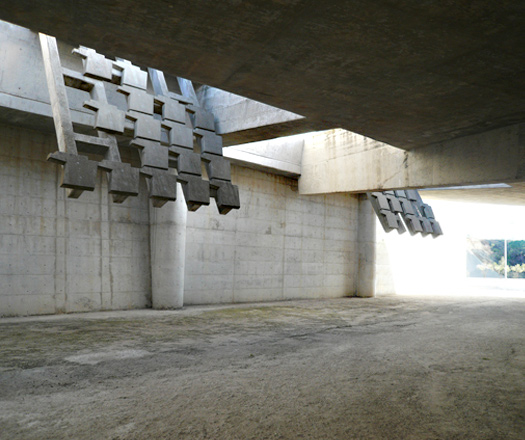

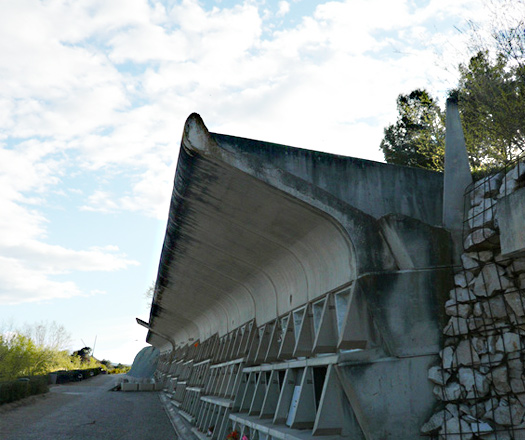
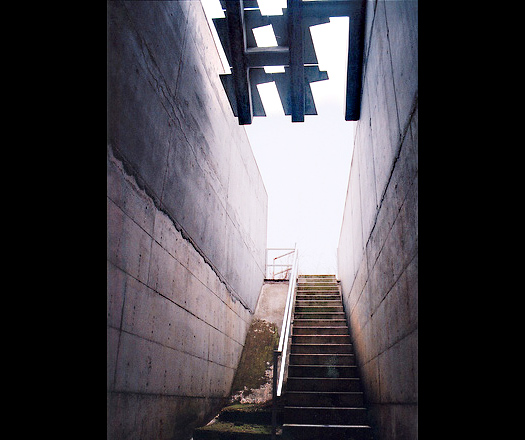
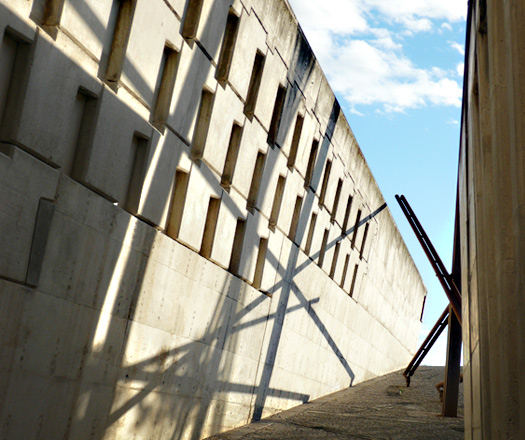
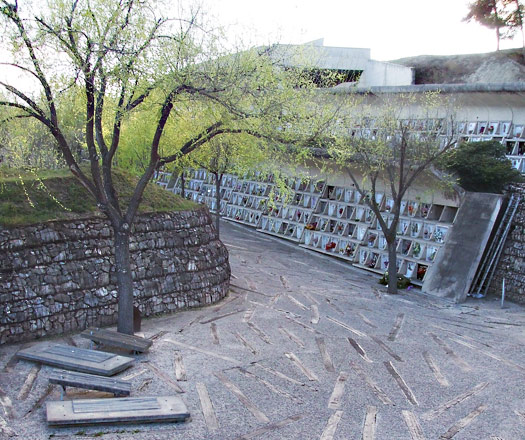
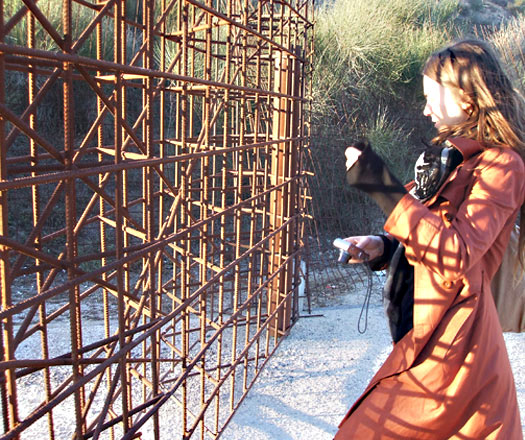
Alexi Robinson is indesignlive’s UK editor. An Aussie expat living in London, working for design legend Tom Dixon, who better to send us a fortnightly report on the ever dynamic design scene over the sea.
Keep an eye out for the next ’Design Opinion’ piece in May 2008.
INDESIGN is on instagram
Follow @indesignlive
A searchable and comprehensive guide for specifying leading products and their suppliers
Keep up to date with the latest and greatest from our industry BFF's!
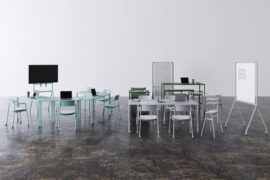
Welcomed to the Australian design scene in 2024, Kokuyo is set to redefine collaboration, bringing its unique blend of colour and function to individuals and corporations, designed to be used Any Way!
The new range features slabs with warm, earthy palettes that lend a sense of organic luxury to every space.
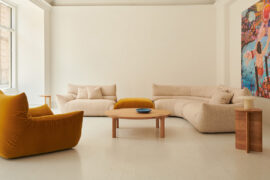
A curated exhibition in Frederiksstaden captures the spirit of Australian design

London-based design duo Raw Edges have joined forces with Established & Sons and Tongue & Groove to introduce Wall to Wall – a hand-stained, “living collection” that transforms parquet flooring into a canvas of colour, pattern, and possibility.

Promotions, senior appointments, mergers and more: this month’s On The Move column has it all. Find out who’s doing what with their careers in design.
Integrated artwork and public accessibility have made the foyer of 400 George highly responsive to its context
The internet never sleeps! Here's the stuff you might have missed

‘The Mandate Mirage: 2025 Workplace Futures Survey’ is a new report by international design practice Hassell, revealing that the real drawcard for attracting employees to the office in-person is choice.

The Australian Institute of Architects has unveiled 43 projects representing the pinnacle of contemporary design, with winners addressing housing, climate and affordability crises through innovative solutions.